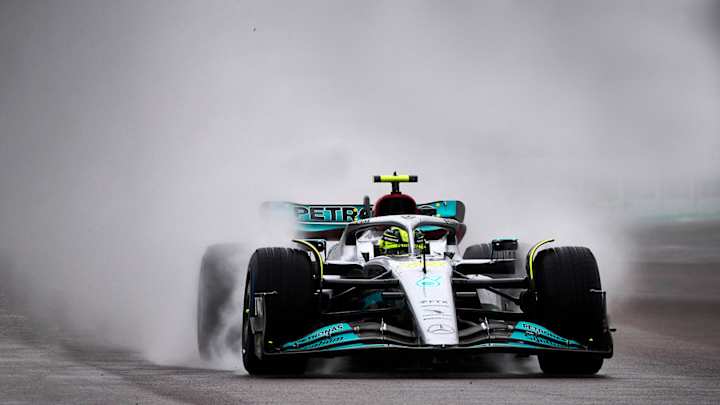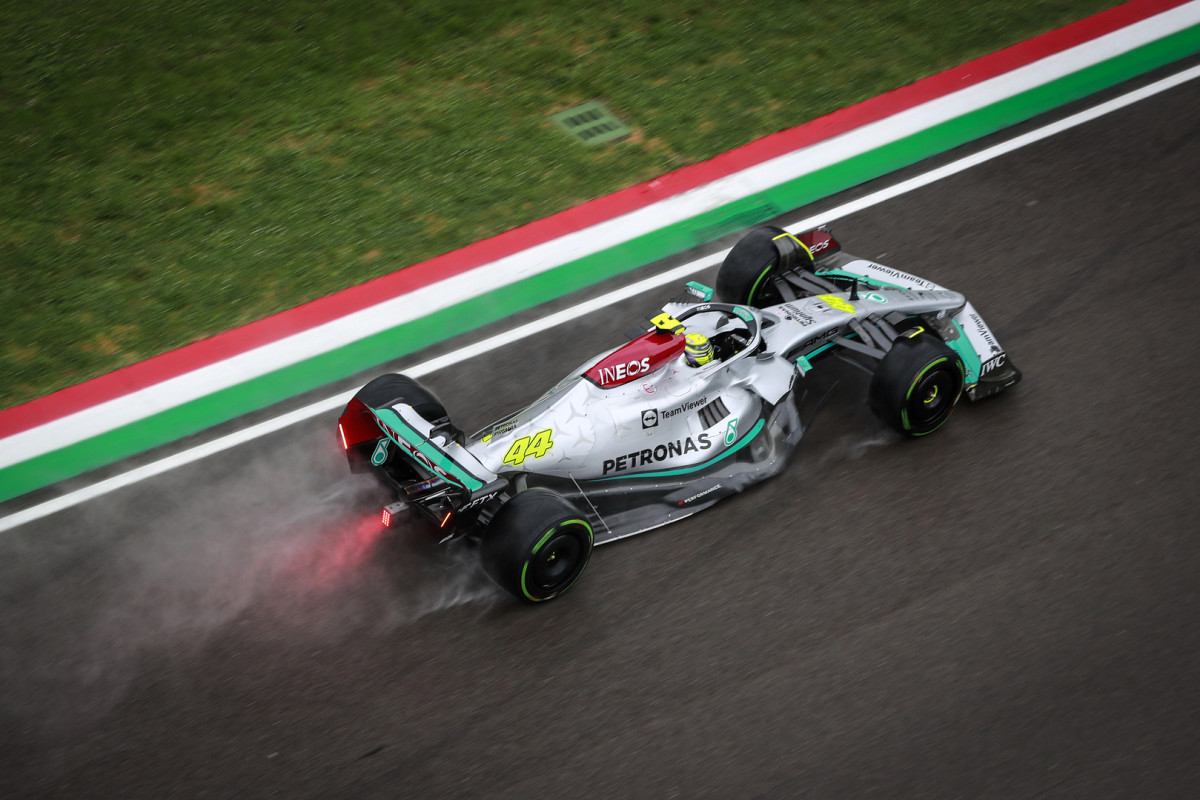F1 Drivers React To The Lack Of DRS during The Emilia Romagna GP

The Emilia Romagna Grand Prix started with water on the track after pre-race rain swept across Imola. But despite a dry racing line appearing not too far into the race and with the majority of cars on slicks, DRS wasn't enabled until lap 34. That's more than half of the race...
The Drag Reduction System allows for much more overtaking, but with this being held back by race control, drivers and pundits were getting confused as to why it wasn't being enabled as Imola started to dry up.
“I was asking them please activate DRS," Daniel Ricciardo told the press. "I don’t know why they waited so long to activate it because no overtakings were going to happen. Nothing was happening.
“You still need it. I know some people are not that much in favour of DRS these days, but I’m definitely still a DRS kind of person," he confims.
Williams driver Alex Albon agreed with the sentiment, telling the press that he “was a bit frustrated that it took so long to come in. But obviously, once it did come in, I was wishing it didn’t come in”.

On the other hand, after the incident involving George Russell and Valtteri Bottas at Imola last year, Aston Martin's Sebastian Vettel was happy to lower the risk as they raced in the tricky conditions:
“In these conditions, you have no idea on TV how tricky it is down there and how tight it gets,” he said.
“I think it was the right decision to wait – obviously, it depends where you are, but it’s so difficult to see the differences between a real dry track and a little bit damp down there, with the shade from the trees and stuff, so I think it was the right call.”
Many fans complain about the need for DRS, but as we saw during the first half of this race, it is very much still a necessity. And yes, while it would be brilliant to not need it at all, we're a long way off until such a day comes. Sadly.
DRS in Formula 1 is designed to promote overtaking by reducing aerodynamic drag. However, DRS can be disabled during a race for safety reasons. Wet conditions or yellow flag zones are primary examples. When the track is wet, the reduced downforce from DRS can cause loss of car control, increasing the risk of accidents. Similarly, in yellow flag zones where there might be hazards on the track, enabling DRS could endanger both the drivers and marshals. Disabling DRS in such situations ensures that driver safety remains the top priority during the race.
